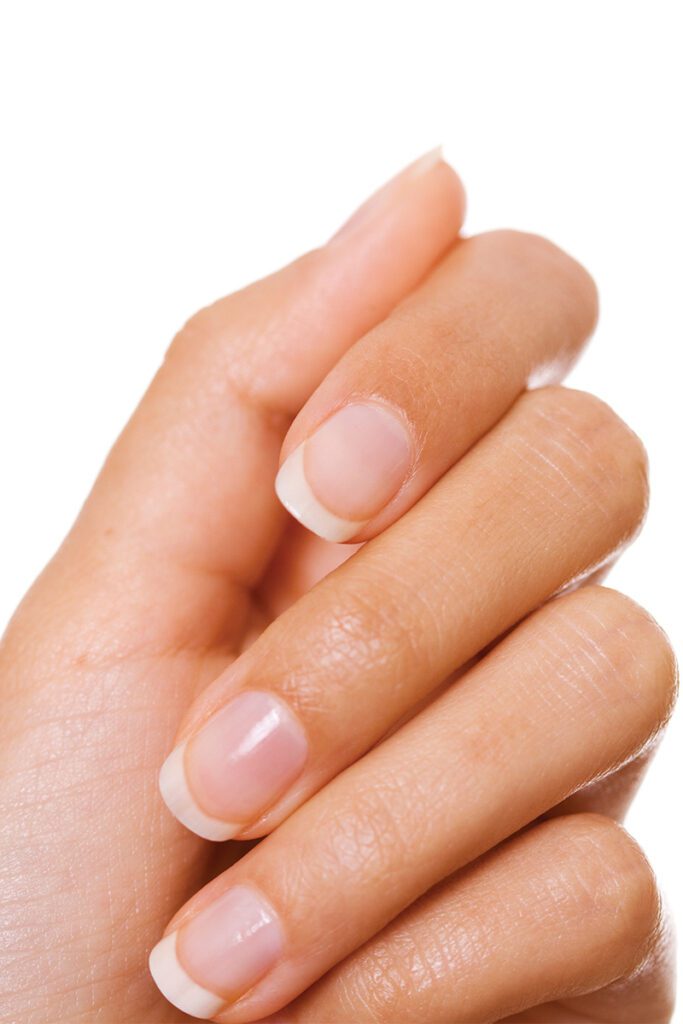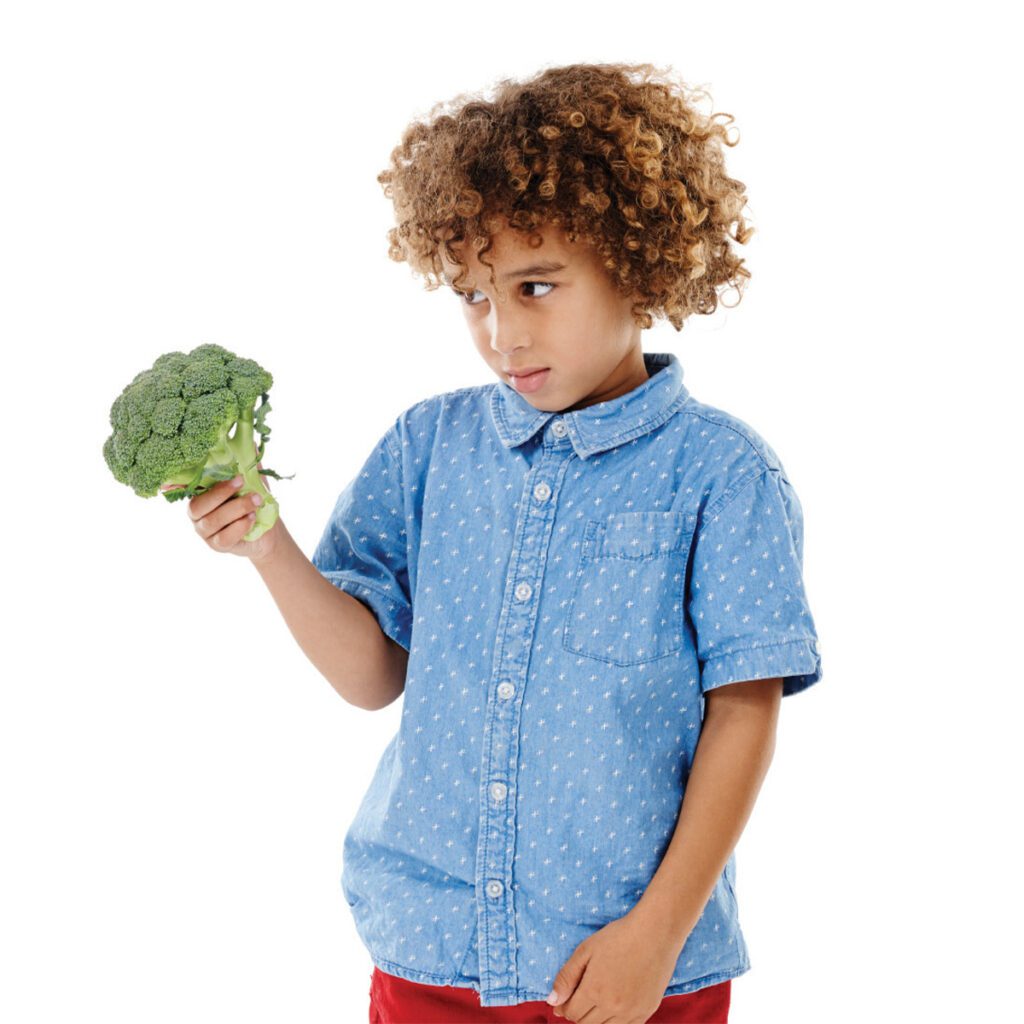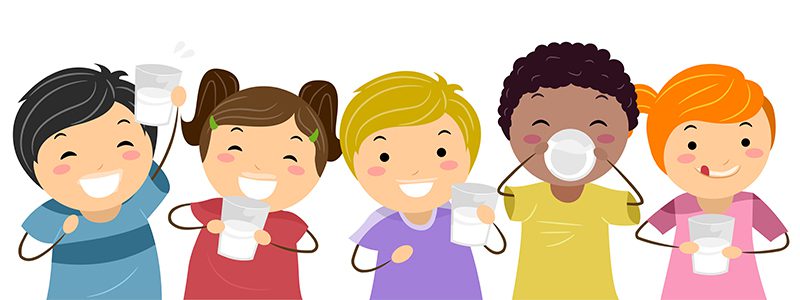For Her
Laugh out Loud!
Can laughter keep you healthy?
You’ve heard that laughter is the best medicine, but is it really true? As it turns out, there’s plenty of research to back up that old saying. Laughter triggers healthy physical changes in the body that reduce stress and pain, and increase relaxation, endorphins, and dopamine levels. In terms of your emotional health, having humor in your life can boost your mood, self-esteem, optimism, and energy, as well as lessen depression, anxiety, and tension. Next time you feel your wellness slipping, it might be time to download a good comedy on Netflix or call up your funniest friend.
Source: PBS.org


Are Your Nails Strong and Long?
Your nails offer vital clues about your overall health. Need an example? Here are a few:
- Pick-Like Depressions in the nails could indicate psoriasis. They are also related to connective tissue disorders like Reiter’s syndrome and the autoimmune disease alopecia areata.
- Yellow Nail Syndrome is characterized by yellow, thick nails that are slow-growing and curved. It is often a sign of respiratory disease. It can also be related to swelling hands.
- Beau’s Lines are horizontal nail indentions. They are sometimes associated with uncontrolled diabetes, peripheral vascular disease, zinc deficiency, and illnesses associated with a high fever.
- Spoon Nails are soft nails that have a deep indention in the middle. They can indicate iron deficiency anemia, heart disease, hypothyroidism, and hemochromatosis – a disease causing your body to absorb too much iron.
Source: Mayo Clinic



For Him
Depression In Men
What should you know?
While men and women both suffer from depression, men often express symptoms differently. According to the National Institute of Mental Health, men may be more likely to feel tired and irritable and lose interest in work, family, or hobbies. Men also may be more likely than women to have trouble sleeping, and they are more likely to die by suicide.
Men often fail to seek help for depression, but it’s important to know that it is a real and treatable illness that can affect anyone at any age. If you feel you may suffer from depression or have experienced any of the symptoms mentioned above, make an appointment with your doctor. This is the first step toward feeling like yourself again.
Men with depression are at risk for suicide. If you or someone you know is in crisis, get help quickly. Call the toll-free, 24-hour hotline of the National Suicide Prevention Lifeline at 1-800-273-TALK (1-800-273-8255)
Source: National Institute of Mental Health



Kidney Stones
Can they be prevented?
Slightly more common in men than women, kidney stones are solid masses that can form in the kidneys and cause pain. Kidney stones vary in size and they can either stay in the kidney or travel down the urinary tract. If a larger stone gets stuck along the urinary tract, it can cause severe pain and bleeding. Fortunately, there are several things you can do to prevent kidney stones. The best way to prevent most types is to increase your daily fluid intake (water is best). It also helps to reduce your intake of sodium and animal proteins (found in meat, fish, and shellfish) and get enough calcium through food or vitamins.
Source: U.S. Department of Health and Human Services



For the Whole Family
Power Naps
Does napping really work?
When you have a busy day, taking a quick nap might be your go-to fix. But will catching those few extra zzz’s really energize you for later? According to the National Sleep Foundation, naps can’t make up for a poor or inadequate night’s sleep. However, a short nap (around 20 to 30 minutes) can boost your mood, alertness, and performance. Sleep inertia, or the feeling of grogginess and disorientation that comes with awakening from a deep sleep, can be avoided by limiting your nap to 20 minutes or less. In a recent study published in the research journal Sleep, a 10-minute nap produced the most benefits, while naps lasting 30 minutes or longer were more likely to be accompanied by sleep inertia.
Source: National Sleep Foundation



Let’s Talk Poop!
It might not be your favorite topic, but it’s important to know what’s normal and what’s not when it comes to your stool. Here are some things you should look for:
- COLOR: Brown is always the norm. Watch out for shades of deep red, maroon, or black, which can indicate blood in the stool. If your stool is dominated by a red hue or if you have bloody diarrhea, it’s time to see your doctor. Other shades to be aware of are clay or white, as they could indicate a problem such as bile duct stones and also require a doctor’s visit.
- CONSISTENCY: A soft stool that passes easily is standard. If your stool is hard and dry, it’s likely a sign of constipation, potentially caused by an obstruction. On the opposite side of the spectrum, a stool that is watery and loose is a sign of diarrhea. Call your health care provider if severe diarrhea lasts longer than two days.
- FREQUENCY: You shouldn’t go longer than three days without a bowel movement. While the normal length of time between bowel movements ranges widely for each person, going longer than three days without a bowel movement is too long. If constipation lasts longer than two weeks, you should see a doctor.
Source: Cleveland Clinic
For the Kids
Stubborn Eaters
Can mealtime be easier?
While some little ones seem like a bottomless pit, others act like all the yummy food in the world couldn’t spark their interest. What can you do if your child doesn’t cooperate during mealtime? First, don’t resort to bribes or punishments – this might be the attention your child is seeking. Second, establish a routine. Children respond well to predictability, so having everyone in the same seat each time and creating a fun dinner tradition will predispose them to comply. Be sure to let them know a few minutes before dinner time so they can settle down before eating, and don’t allow toys at the dinner table. Keeping the focus on quality family time may eventually make mealtime something your child looks forward to.
Source: American Academy of Family Physicians



DRINK UP!
What are the best drinks for kids?
Fruits, veggies, grains…it’s easy to know what healthy foods kids should eat, but things get a bit more confusing when it comes to drinks. Many juice drinks targeting kids tout healthy benefits, but hide empty calories and lots of sugar. Plus, consuming too many of these drinks often leaves no room for healthier options.
According to Nemours Kids Health, water and milk are the top choices for kids. With zero calories and sugar, water is always a healthy drink option, and milk can contribute greatly to your child’s daily calcium needs.
Source: Nemours




